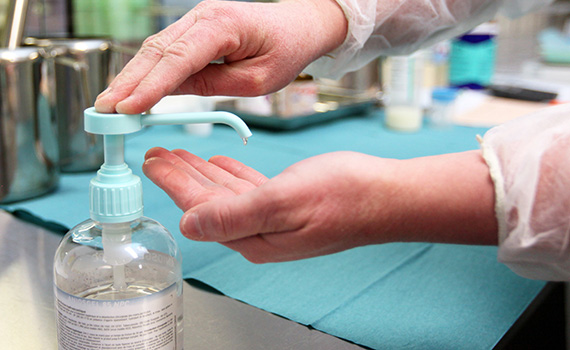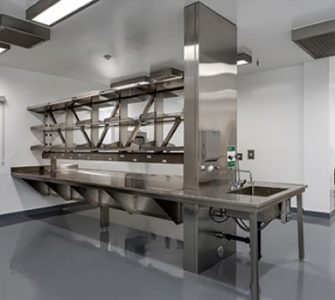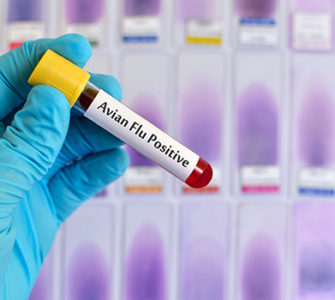Compartmentalization key to global avian flu control
Standardizing biosecurity measures across the poultry sector is key to protecting birds from avian influenza and ensuring outbreaks do not decimate trade, according to a poultry health expert.
Aldo Rossi, director of world quality assurance and veterinary services at Cobb, said formalizing biosecurity processes at all stages of the production chain can help reduce the likelihood of contamination.
As the food industry becomes increasingly globalized, it can also reduce the risk of trade and supply problems if an outbreak does occur, he said in a Watt seminar on global strategies for managing the disease.
Through a system called “compartmentalization,” Rossi said components of poultry businesses or even multiple farms can adopt common biosecurity measures to standardize their approach to protecting bird health.
By formalizing the biosecurity strategy, the system is designed to allow producers on approved farms to continue to export stock in case of an avian flu outbreak in a country.
“Compartmentalization isn’t a new concept, even though it’s a new word here in the US,” Rossi said. “The World Organization for Animal Health (OIE) invented the concept many years ago with the idea being to tackle disease control.
“[The OIE] realized that many countries couldn’t eradicate critical illness, but they had areas of the country or components of a business which could maintain disease-free status.
“It also realized that as the food industry becomes more and more globalized, there has to be a way to maintain international trade and have certain measures that were globally accepted.”
Maintaining supply chains
With a small number of companies and countries responsible for 95% of trade in primary breeding stock, Rossi said the concept is critically important if the industry wants to maintain supply chains.
Having already been implemented in Brazil and the United Kingdom, the system was voted into the US National Poultry Improvement Plan in 2016, where it is beginning to gain recognition, he added.
“In the US, it is designed primarily for primary breeders, and it looks at components in a system, such as farms, hatcheries, egg depots and feed mills,” he said.
“You don’t have to be in the same county or a state, but have a common subpopulation of animals under a common management system.”
The scheme works by assuming that everyone outside a poultry unit is positive and that producers are trying to keep everything inside safe, Rossi said.
“Whether it’s changing your clothes or hand sanitization, you want to do anything you can to break the spread of the organism from outside to where the chickens are.
“It doesn’t give 100% guarantees [against infection], but it does formalize processes, which increases the likelihood of compliance.”
Simplifying disease control
As farm sizes increase to meet growing global demand for poultry meat, compartmentalization could play a significant role in making disease control simpler, he added.
“When you look at compartmentalization programs it’s easier if you have larger populations with fewer components to manage.
“Even though one mistake can impact several million chickens, it reduces the risk of people making mistakes.
“We’ve learned a lot over the last few years,” he added. “[In older facilities] design wasn’t around biosecurity, but as new facilities are put into place we can maintain a high density of animals in a small area with success — and that is where compartmentalization can play a role.”
Posted on August 30, 2017

















